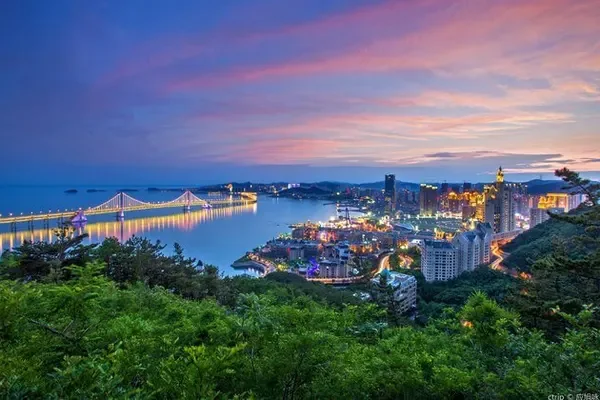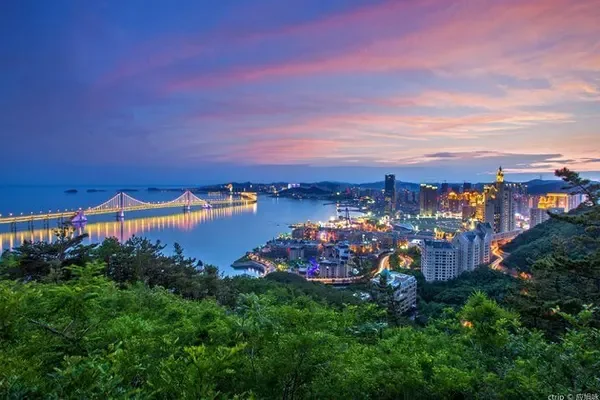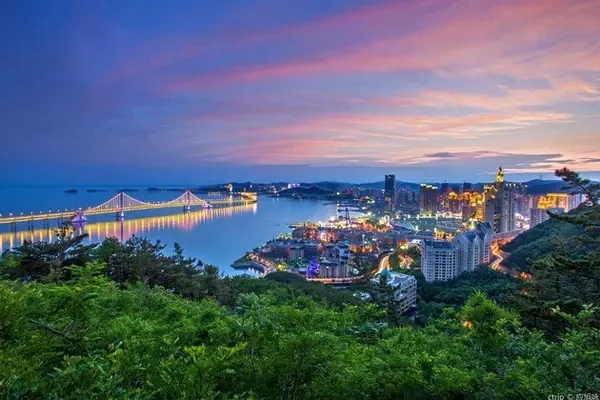Almost every traveler has a "Xinjiang feeling" or "Tibet feeling" in his heart. In the minds of some tourists, Xinjiang and Tibet are places that they must visit once in a lifetime; in the minds of other tourists, they are places that they will visit again and again.
"If you don't go to Kashgar, you don't go to Xinjiang; if you don't go to Ngari, you don't go to Tibet." Why do you say that?

If you don’t go to Kashgar, you don’t count as Xinjiang
There are three sayings in Xinjiang tourism, "If you don't go to Yili, you don't know the beauty of Xinjiang; if you don't go to Kanas, you don't know the beauty of Xinjiang; if you don't go to Kashgar, you don't have been to Xinjiang."
Ili and Kanas are located in northern Xinjiang, which is a gathering place of Xinjiang scenery. Most of the snow-capped mountains, lakes, grasslands, canyons, flower seas and glaciers in the photography masterpieces come from Ili and Kanas in Xinjiang. If you want to enjoy the beauty of Xinjiang, you must travel to Ili and Kanas.

But if you have not been to Kashgar, you have not been to Xinjiang. This is because there are great cultural differences between the north and the south of Xinjiang. No matter in terms of food characteristics, ethnic traditions, or architectural styles, each small place has a very different style. If you want to experience all the scattered ethnic cultures in Xinjiang, it will not be enough to spend a year or so traveling.

However, Kashgar, located in the west of the Tarim Basin in southern Xinjiang, brings together the cultural customs of various regions in Xinjiang. Traveling to Kashgar, it seems that you don't have to travel all over Xinjiang, you can also experience the true portrayal of the cultural styles of various places in Xinjiang.

The long chants of vendors selling fruits in the market, the graceful figures of Uighur girls passing by the roadside, the bright smiles of street children playing and running, the sunset shadows of craftsmen carving molds in the alleys, and the beautiful songs of people blowing in the wind under the eaves. They constitute the basic living style of the aborigines in Kashgar, and Kashgar reflects the cultural customs of the entire Xinjiang.

Kashi delicacies: baked buns, baked naan, pot meat, pilaf, ramen, barbecue, pigeon soup, roasted meat in a pit, thin-skinned buns, roasted pumpkin, dried fruit.

Kashi natural landscape: Karakul Lake, Gongger Peak (7649m), "Father of Iceberg" Muztagh Peak (7509m), Baisha Lake, Zepujin Lake Yang National Forest Park, Red Bay, Stone , Pamir Plateau, Dahuakun Desert.

Kashgar cultural landscape: Kashgar Ancient City, Tomb of Fragrant Concubine, Id Kah Folk Culture Scenic Spot (Id Kah Mosque), Stone City, Daolang Painting Village.

Kashgar self-driving tour route: Southern Xinjiang Great Ring Road, starting from Urumqi, the whole journey is 4,800 kilometers, and the self-driving time is 13-17 days, returning to Qinghai and Gansu along Ruoqiang and Hami respectively. Along the way, you can visit Duku Highway, Bayinbulak Grassland, Tianshan Mysterious Grand Canyon, Karakoram Highway, Panlong Ancient Road, Tasha Ancient Road, Taklamakan Desert Highway and other scenic spots.

If you don’t go to Ngari, you don’t count as Tibet
Due to historical development reasons, the road to Tibet has only been completely improved in the past ten years. In the past, when traveling to Tibet, it was already inconvenient to walk along the Sichuan-Tibet line, but it was already a surprise to arrive in Lhasa, Tibet, let alone the Ngari area in the west of Tibet and in the north of the Qinghai-Tibet Plateau.

The magnificence of the Ngari region has been unknown to the public for half a century. From trekking warriors crossing the Qiangtang in Tibet, to self-driving enthusiasts crossing the Ali Great Northern Line, and now to the popularization of digital media, the exquisite scenery under the mysterious veil of Ali area has finally emerged in the public eye in recent years.

After people have been to Ngari, they compare the landscapes of the 318 Sichuan-Tibet Line and the 109 Qinghai-Tibet Line east of Lhasa, Tibet, and start to sigh, "If you don't want Ali, you haven't been to the real Tibet."

A view of Yamdrok Yongcuo, "one of the three holy lakes in Tibet", is enough to fascinate travelers. Can you imagine that there are dozens of Yamdrok lakes dotted all over the Ngari region of Tibet?

The ancient wasteland, the strange Gobi, the lonely sea, the blue starry sky, the snow-capped mountains, the vast desert, the dazzling glaciers, the wild animals such as Tibetan antelopes, wild horses, wolves, Tibetan brown bears, Tibetan wild donkeys, etc. The ruins of the ruins of the Zhangzhung Kingdom that have been sleeping for hundreds of years, they inlaid the Ngari area like a different world lost in the real civilization, lonely and beautiful, savage and gentle, lonely and gorgeous.

Natural landscapes in Ngari area: Mapang Yumco, Gang Rinpoche, Laang Co, Selincuo, Nam Co, Sacred Elephant Tianmen, Zari Nam Co, Dangre Yum Co, Pangong Co, Namunani Peak, etc.

Cultural landscape in Ngari area: Kejia Temple, Zada Earth Forest, Guge Dynasty, Piyang, Dongga Ruins, Wenbunan Village, Yare, Xiangxiong Kingdom Ruins, etc.

Self-driving tour route in Ngari area: Ngari Grand Ring Road, starting from Lhasa, the whole journey is 4800 kilometers, and the self-driving time is 13-15 days. First, take the 219 Xinzang line west to the Shiquan River in Ngari area, and then follow the Ngari middle line (or 317 National Highway Ngari North Line) Back to Lhasa. Along the way, you can enjoy scenic spots such as Yamdrok, Karola Glacier, Mount Everest, Pekutso, Gang Rinpoche, Mapang Yumco, "Yicuo Zongcuo", Selincuo, and Namtso.

For more travel strategies in Tibet, Xinjiang, Western Sichuan, Qinghai, and Gannan, as well as practical dry goods information, you can private message me (you can send a private message after paying attention), I wish you a pleasant journey!


